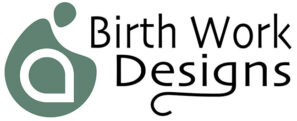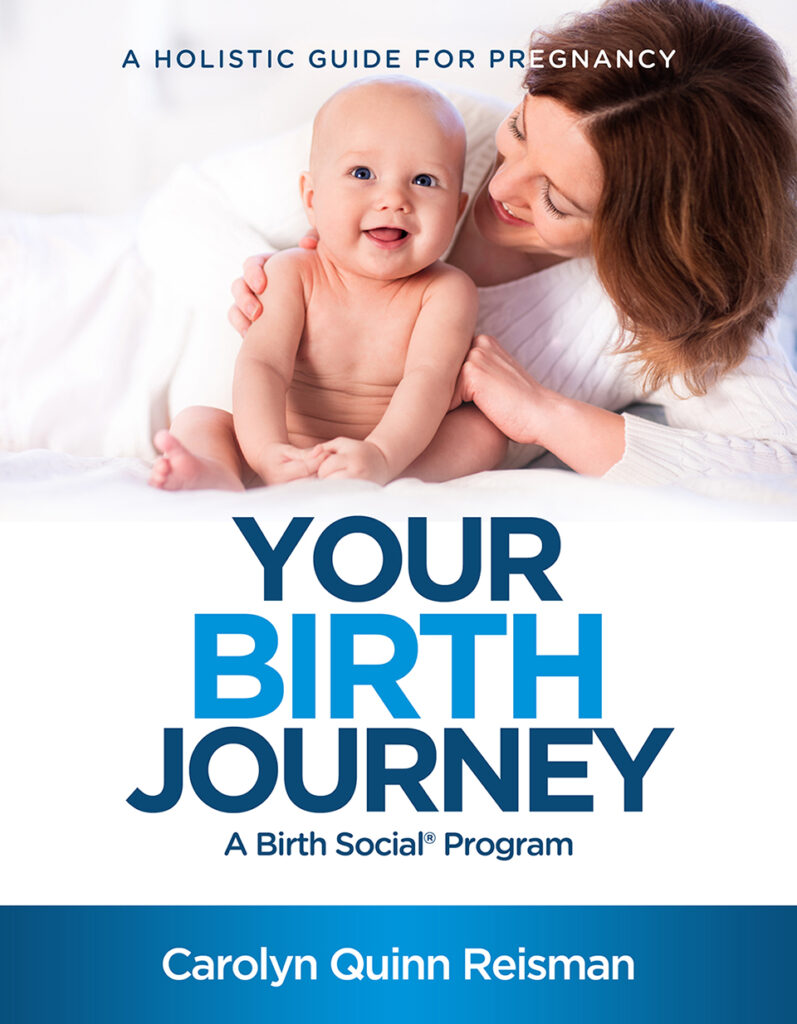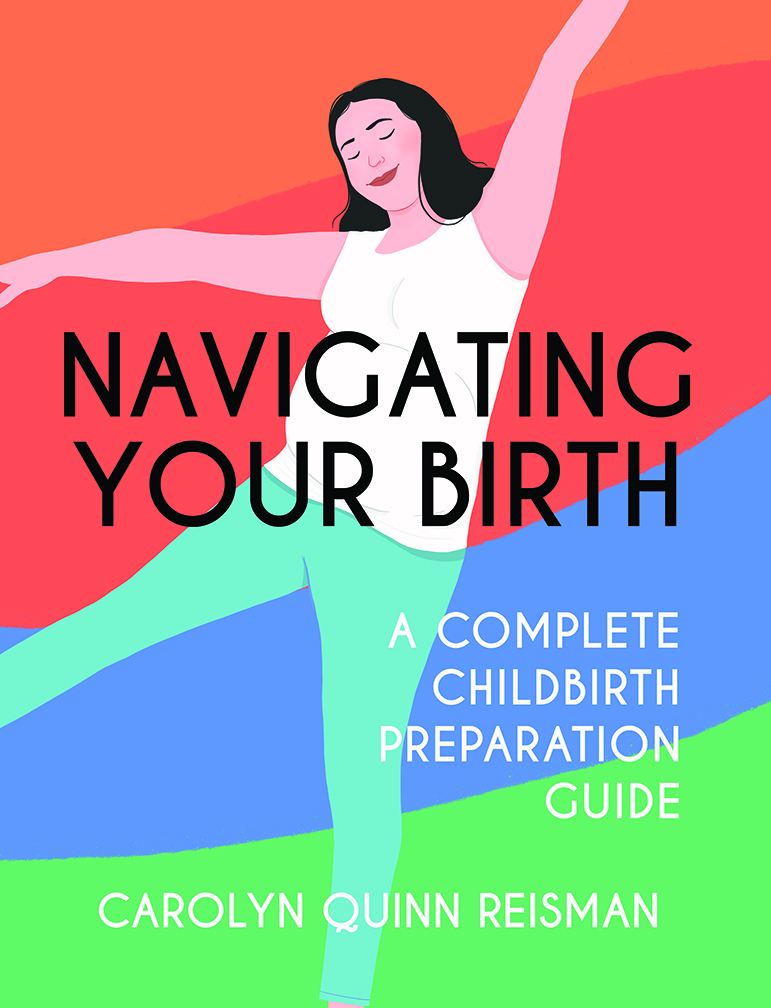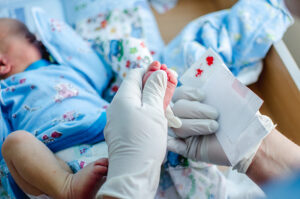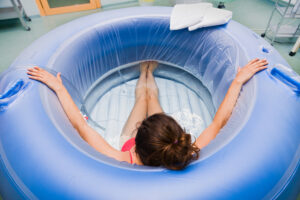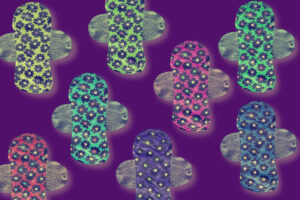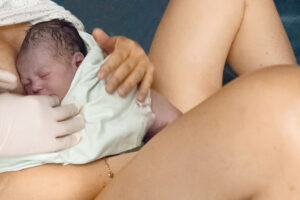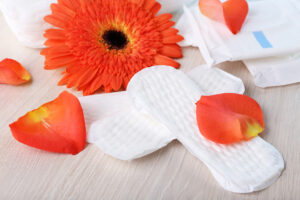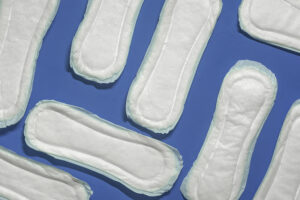From the moment of birth, all eyes are on the baby. Your first gaze will probably be the face. As hours and days go by, every feature, from the head to the toes, will be lovingly examined. When the midwife lays eyes on your baby, she is looking to see that all is normal, and within a few hours, will do a newborn exam, covering all of the features listed below.
Molding of Head
For the head to squeeze through the birth canal, the skull bones have to shift and overlap, making the top of some babies’ heads look elongated or pointy at birth. This sometimes bizarre look is called molding, which will go away over the next few days as the baby’s skull bones shift to a rounded configuration. Most babies will have rounder heads within twenty-four hours, and some babies have very or little or no molding at birth, such as with breech, cesarean, or very fast births.
Soft Spots on Head
Because of the separation of the bones, the baby will have soft spots on top of the head – called fontanelles. There are two of them.
The larger front one is diamond-shaped, and the back one, where you would wear a beanie hat, is triangular. Touching the soft spots won’t harm the baby and can be scrubbed when washing their hair.
The soft spots will eventually disappear as the skull bones close together — usually in about 12 to 18 months.
Swelling on Head
In addition to looking elongated, newborns may develop lumps on their heads resulting from the pressure of birth. There are two types:
Caput succedaneum is a swollen area on top of the head caused by pressure during birth. This will fade over a few days.
A cephalohematoma is a collection of blood that sometimes seeps under the scalp, outside of the skull bones. This is caused by small blood vessels breaking, which may take a week or two to disappear.
Face
A newborn’s face may look quite puffy looking from their trip through the birth canal, which is often noticeable in the eyes. The facial features can also become distorted from being squeezed, such as a flattened nose, folded ears, or a crooked jaw. Not to worry – everything gets back to normal over the next few days.
Baby's Ears
The cartilage of babies’ ears is not yet developed, so they are very soft and bendable – which is why they can fold so well during birth. Don’t worry if you see a small skin tag near the ear. They can common and can be easily removed.
Eyes
It is amazing to see a newborn open their eyes after birth! Some babies will open them wide right away. Others will squint a little before opening them. They happen to open their eyes wider when held in an upright position, so don’t be afraid to pick your baby up and encourage them to look around.
Blood spots in eyes: You may notice little blood-red spots in your baby’s eyes. This is common and caused by blood leaking under the covering of the eye due to the pressure of birth – called subconjunctival hemorrhage.
Eye color: Many parents will have to wait before they know what the permanent color of their baby’s eyes will be. Brown eyed babies will stay that way, but blueish-gray eyed babies have to wait until the pigmentation of the iris darkens – which takes 3 to 6 months.
Baby's Vision
A baby’s vision is pretty fuzzy at birth, but they can see highly contrasted shapes and variations in light, which is why your baby may turn their eyes toward a ceiling fan, a window, or another source of light. While these amazing new features in their field of vision can distract them, the most fascinating thing for them to look at is their parent’s faces. A baby’s eye coordination is immature at birth, so they learn to focus best on objects eight to twelve inches away. Being held in a parent’s arms provides the perfect distance for them to learn to focus their eyes, and by one week, they may be able to identify facial expressions. It will take a month before they learn to focus on objects closer than a parent’s face, but that doesn’t matter. Your face is the most interesting thing for your baby to look at, and chances are you will be spending a lot of time together.
As your baby’s vision matures over the next few months, color differences become clearer, and by four months, they can begin to tell how far away something is. At the same time, they gain better control over their arms – so watch out for your hair and necklaces as they learn to coordinate their new ability to grab for things within reach!
Nose
Babies make all kinds of faces and noises when they are breathing. They may blow bubbles, sneeze, hiccup, cough up mucus, and sound sniffly for the first few days. The baby is trying out his/her respiratory system and is often getting rid of a little excess mucus. If the baby sounds very juicy, use a bulb syringe. Depress the syringe and insert it into the baby’s mouth, releasing pressure as you withdraw the syringe. This will suck up extra secretions. Remember that babies are mandatory nose breathers. If the baby is sucking well during nursing, he/she is probably having no trouble breathing.
Mouth
Take a look in your baby’s mouth when they yawn or cry. It is not unusual to see small white spots on the roof of the mouth toward the center. The spots are call Epstein’s pearls, which are harmless and will disappear during the first few weeks.
Neck Rolls
Your baby really does have a neck beyond all of those fat rolls and chubby cheeks!
Breasts
Don’t be alarmed if your baby has small breasts, which can happen with both boys and girls. This is due to the female hormone estrogen passed from mom to baby. The breast tissue behind the nipples may feel firm and disc-shaped and usually disappears during the first few weeks. Some babies may discharge a small amount of milky fluid from their nipples. No worries, this is normal.
Tummy
Yes, it is normal for babies to have buddah bellies – a rounded a full appearance! Not to worry. They grow out of it by about school age.
Umbilical cord: The cord contains three blood vessels (two arteries and a vein) encased in a jelly-like protective substance. After the cord is cut, the umbilical stump withers and drops off, which usually happens in about 10 days to 3 weeks.
Umbilical (navel) hernias: An umbilical hernia is when there is a hole in the wall of the abdomen at the site of the umbilical cord, which allows the baby’s intestine to protrude through – under the overlying skin. You will notice a bulge at at the area when your baby cries or strains. They are generally harmless and usually close on their own within a few years. If not, a simple surgical procedure can correct the hernia.
Genitalia
It is very common for the genitalia of both males and female babies to be swollen. In girls, the outer lips of the vagina (labia majora) may appear puffy at birth. In boys, the scrotum can be swollen. The midwife check to see if both testicles have descended into the scrotum.
Arms and Legs
Having spent months curled up in a fetal position in utero, babies continue to keep a flexed posture after birth. They like to bend their elbows, keep their hips and knees flexed, and hold their arms and legs close to the front of their bodies. You will find it hard to open their hands, as they are closed tight. When you place a finger in their hands, they will grasp it – which is called a grasp reflex.
Nails
Your baby’s fingernails can be long enough to scratch their skin and face. Many parents use small infant nail clippers to trim their baby’s nails, while some parents bit the fingernails short.
Skin
At birth, I have seen babies come out as if they have had specialty skin care in utero, while most come out with a medley of fluids, coatings, colors, and blemishes.
Amniotic fluid: Newborns are wet from the amniotic fluid when they are born, which is why the midwife promptly dries the baby off. A wet baby can cause the body temperature to drop.
Blood: Some blood from the mother can get on the baby during birth.
Meconium: Some babies pass a trail of meconium on the way out, which leaves a sticky mess everywhere.
Vernix: Some babies are coated with a thick, pasty, white material called vernix caseosa (made up of the fetus’ shed skin cells and skin gland secretions). You can rub it into their skin.
Color: Babies can be all shades of pink with color variations that may be startling to some parents.
- Mottling: Mottling of the skin is a lacy pattern of small reddish and pale areas – due to the blood circulation at the skin’s surface.
- Acrocyanosis: It is not uncommon for a baby’s hands and feet to be bluish, and sometimes around the lips.
Lanugo: Some babies are born with a covering of fine, soft hair on their face, shoulders, and back – most often seen in babies born on the early side or prematurely. The hair will disappear in a few weeks.
Peeling skin: It is common for the top layer of a newborn’s skin to flake off during the first week or two.
Reflexes
Your midwife will check several instinctual newborn reflexes to determine if the baby’s nervous system is working well. These reflexes include:
- Rooting reflex: Touch the side of a baby’s mouth or cheek, and they will turn their head and open their mouth to find the breast. This lasts for about 4 months.
- Sucking reflex. Anything that goes in a baby’s mouth will trigger them to suck – including their fingers, hands, and even their toes!
- Grasp reflex. When you press your finger into a baby’s hand, their instinct is to close their fingers around the object and hold on tight. The grasp reflex last about 5 to 6 months.
- Moro reflex, or startle response. Babies can become startled by a loud noises, bright lights, strong smells, sudden movements, or other stimuli, which causes them to suddenly throw the arms out and then quickly bring them back toward the middle of the body. The moro reflex lasts about 2 months.
- Stepping reflex: When held upright with their feet touching a solid surface, babies appear to take steps. This lasts about 2 months.
Also, due to the immaturity of their developing nervous systems, newborns’ arms, legs, and chins may tremble or shake, particularly when they’re crying or agitated.
